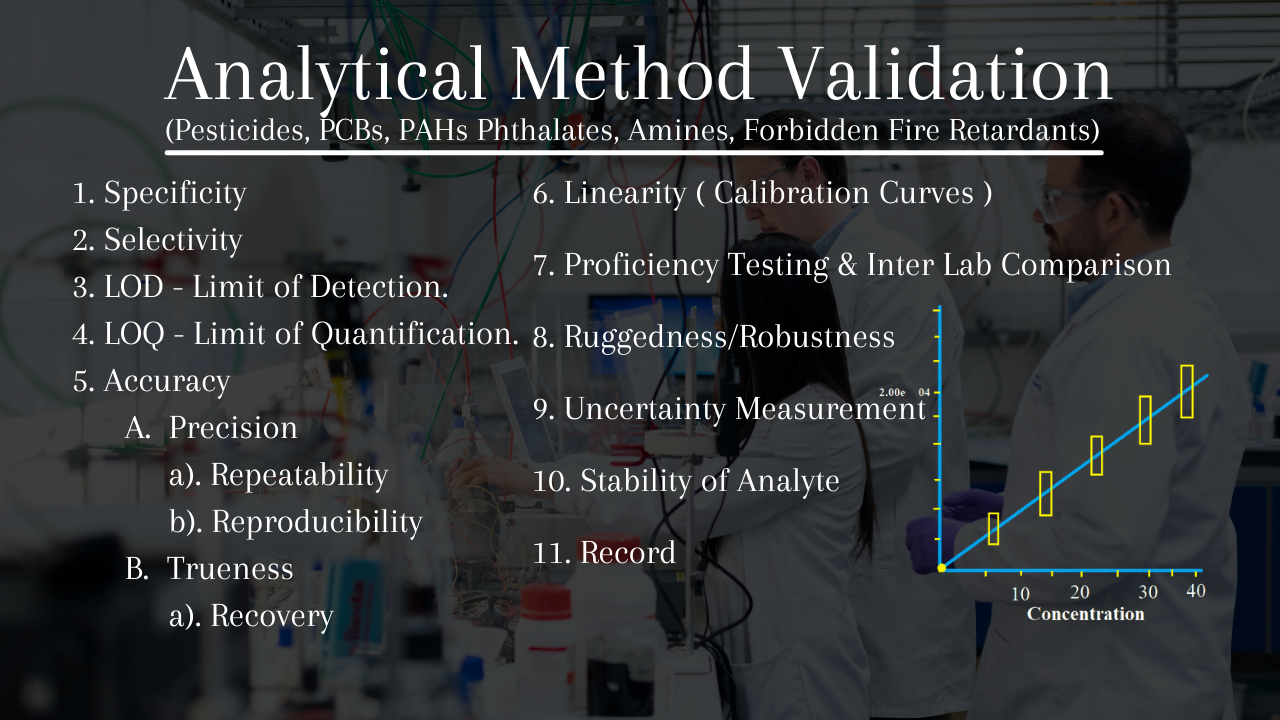Partnerships play a crucial role in the success of many businesses, offering collaboration and shared resources that can significantly enhance operational efficiency. In the realm of business, understanding the various adjustments that can be made in partnerships is essential for optimizing performance and ensuring long-term sustainability. This article delves into the analytical study of these adjustments, providing insights into their importance, types, and practical implications for business partners. Through a comprehensive analysis, we aim to equip business owners and partners with the knowledge they need to make informed decisions that positively impact their partnerships.
In an environment where business dynamics are constantly changing, partnerships must remain adaptable. This adaptability often involves making various adjustments, whether it be in operational strategies, financial management, or interpersonal relationships among partners. By exploring these adjustments in detail, we can uncover best practices that facilitate smoother operations and foster a healthier partnership environment.
Furthermore, the study will explore how these adjustments not only enhance the partnership dynamics but also contribute to overall business growth. An analytical approach will be employed to evaluate the efficacy of different adjustments, supported by data, case studies, and expert opinions.
Table of Contents
- 1. Introduction
- 2. Understanding Partnerships
- 3. Types of Adjustments in Partnerships
- 4. Financial Adjustments
- 5. Operational Adjustments
- 6. Interpersonal Adjustments
- 7. Case Studies on Partnership Adjustments
- 8. Conclusion
2. Understanding Partnerships
Partnerships are defined as cooperative arrangements between two or more parties to pursue a mutual goal. They are prevalent in various business sectors, ranging from small startups to large corporations. Partnerships can come in many forms, including general partnerships, limited partnerships, and joint ventures, each with its own set of rules and regulations.
Understanding the structure and dynamics of partnerships is crucial for identifying potential adjustments that can enhance performance. Key elements that define a successful partnership include trust, clear communication, and a shared vision. Without these elements, partnerships may struggle, necessitating adjustments to realign goals and expectations.
3. Types of Adjustments in Partnerships
Adjustments in partnerships can be categorized into several types, each targeting different aspects of the partnership. The primary types of adjustments include:
- Financial adjustments
- Operational adjustments
- Interpersonal adjustments
Each of these categories plays a significant role in maintaining the health and efficiency of a partnership.
4. Financial Adjustments
Financial adjustments involve the alteration of financial arrangements and agreements within the partnership. This can include:
- Profit sharing ratios
- Capital contributions
- Expense allocations
Adjusting financial terms can help partners align their contributions and rewards, ensuring fairness and transparency. For instance, a partner may need to increase their capital contribution to support a new investment, prompting a review of the profit-sharing structure.
5. Operational Adjustments
Operational adjustments refer to changes in the day-to-day functioning of the partnership. This may involve:
- Modifying business processes
- Revising roles and responsibilities
- Implementing new technologies
These adjustments are vital for improving efficiency and adapting to market changes. For example, a partnership may decide to incorporate new software to streamline operations, necessitating a reassessment of team roles and workflows.
6. Interpersonal Adjustments
Interpersonal adjustments focus on the relationships between partners. Effective communication and conflict resolution strategies are essential for maintaining harmony. Key aspects include:
- Regular meetings to discuss issues
- Establishing clear communication channels
- Implementing conflict resolution mechanisms
By fostering a culture of open dialogue, partners can address concerns proactively and prevent misunderstandings that could jeopardize the partnership.
7. Case Studies on Partnership Adjustments
To illustrate the practical implications of various adjustments in partnerships, we can analyze several case studies. These case studies highlight real-world scenarios where adjustments have led to improved partnership dynamics and business outcomes.
For instance, a tech startup partnered with a marketing agency to enhance its visibility in the market. Initially, the profit-sharing ratio was set equally, but as the agency's contributions increased, the partners revisited the financial agreement to reflect the additional value provided. This adjustment not only improved the financial equity but also strengthened the collaborative spirit between the partners.
Another example can be seen in a retail partnership where one partner took on a larger operational role due to increased demand. By clearly defining roles and responsibilities, the partners could streamline operations and enhance customer satisfaction, leading to increased sales.
8. Conclusion
In conclusion, partnerships are complex entities that require continuous evaluation and adjustment to thrive. Understanding the various adjustments—financial, operational, and interpersonal—can significantly enhance the effectiveness of a partnership. By proactively addressing these areas, partners can foster a collaborative environment that drives success. We encourage readers to share their experiences and insights regarding partnership adjustments in the comments section below.
Additionally, for those looking to deepen their understanding, we invite you to explore our other articles on business partnerships and strategies for success.
Thank you for taking the time to read this article. We hope you found it informative and valuable. Please feel free to return for more insights and discussions on partnership management and business growth.




